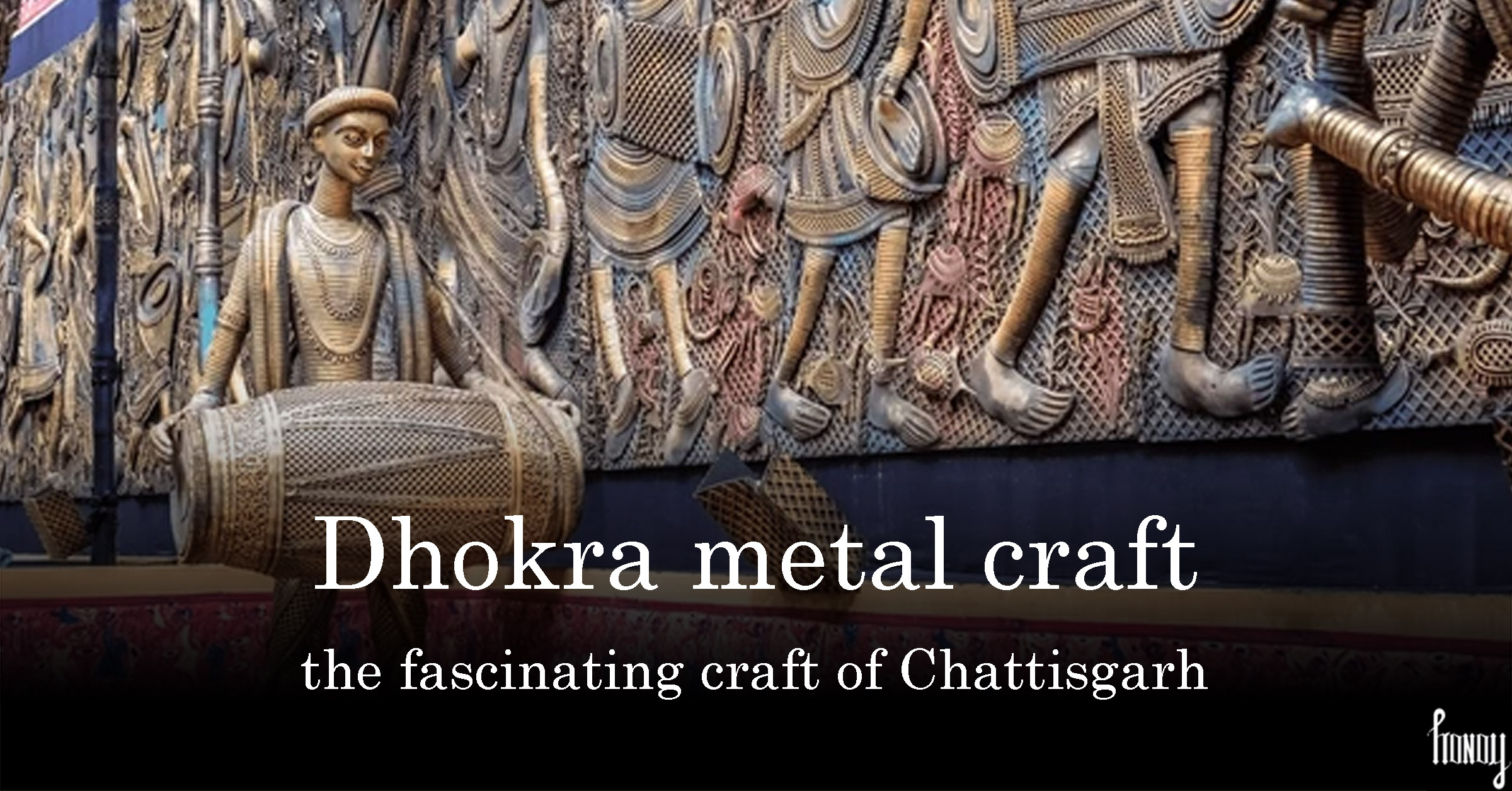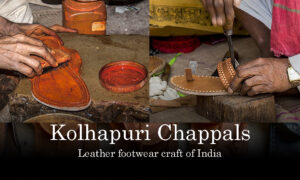
The fascinating metal craft of Chattisgarh Dhokra
Introduction
Deep within the heart of India, in the tribal hinterlands of Bastar in Chhattisgarh, thrives a craft that has transcended time and borne witness to the ebb and flow of history. This craft, known as Dhokra, is a form of metal casting that has endured for millennia, offering a glimpse into the rich artistic heritage of the region. In this blog post, we will delve into the fascinating metal craft of Chattisgarh: Dhokra, exploring its origins, intricate process, cultural significance, and contemporary relevance.
Origins and History
Dhokra, also spelled Dokra, traces its roots back over 4,000 years to the ancient Indus Valley civilization. It is believed to be one of the oldest known methods of metal casting in the world. The name “Dhokra” is derived from the Dhokra Damar tribes, who are the primary custodians of this craft in Bastar. For generations, this art has been passed down within these tribal communities, preserving their cultural identity and traditions.
The Dhokra Casting Process
The Dhokra casting process is a labor-intensive, intricate craft that involves both precision and artistry. It begins with the creation of a clay core, which serves as the mold for the desired metal object. This core is then covered with a layer of wax, onto which the artisan meticulously sculpts the intricate design by hand.
Once the wax sculpture is complete, a second layer of clay is applied, creating a shell around the wax. The entire structure is then subjected to high heat, causing the wax to melt and flow out through small holes left in the clay. This empty space inside the clay shell is what will be filled with molten metal.
The final step involves pouring molten metal, traditionally an alloy of brass or bronze, into the cavity left by the melted wax. After cooling and solidifying, the clay shell is broken away, revealing the Dhokra artifact. The surface is then polished and finished to bring out the intricate details of the design.
Intricate Designs and Themes
Dhokra craft is celebrated for its intricate and timeless designs. Artisans draw inspiration from nature, tribal mythology, and everyday life to create their masterpieces. Common motifs include animals, birds, deities, and traditional tribal symbols. Each piece tells a unique story and reflects the cultural ethos of the artisans.
Cultural Significance
Dhokra craft holds immense cultural significance for the tribal communities of Bastar. It is an integral part of their identity, serving as a means of artistic expression, storytelling, and income generation. Dhokra artifacts are often used in various rituals and ceremonies, such as weddings and religious festivals. They are also exchanged as tokens of goodwill and friendship within the community.
Contemporary Relevance
In recent years, Dhokra craft has gained recognition not only for its cultural value but also as a unique form of art with contemporary appeal. Artisans have adapted their designs to cater to a wider audience, creating Dhokra jewelry, home décor, and sculptures that blend tradition with modern aesthetics. Moreover, efforts have been made to promote and preserve Dhokra craft through exhibitions, workshops, and collaborations with designers and organizations. These initiatives not only provide economic opportunities for artisans but also ensure the continuity of this ancient craft in a rapidly changing world.
Renowned artists like Laila Tyabji and designers such as Ritu Kumar have embraced Dhokra, infusing it into contemporary fashion and home decor. The seamless integration of Dhokra artifacts by contemporary designers adds cultural richness to their creations. Collaborations with tribal artisans, such as those seen in Anita Dongre’s Grassroot initiative, empower local communities while introducing Dhokra to a global audience. The unique allure of Dhokra has captivated modern sensibilities, resonating in the works of contemporary artists like Riten Mazumdar and Himmat Shah, who have seamlessly blended this traditional craft with avant-garde expressions.
Conclusion
Dhokra craft from Bastar is more than just a traditional craft; it is a living testament to the enduring creativity and resilience of the tribal communities of Chhattisgarh. With its timeless beauty and cultural significance, Dhokra continues to shine as a symbol of India’s rich artistic heritage. And we as a community of craft lovers should everything in our capacity to preserve, promote and prize this artform for the world to enjoy.







